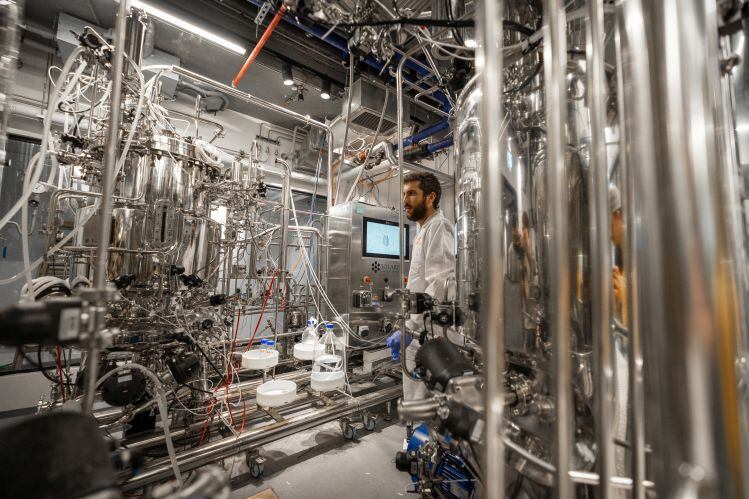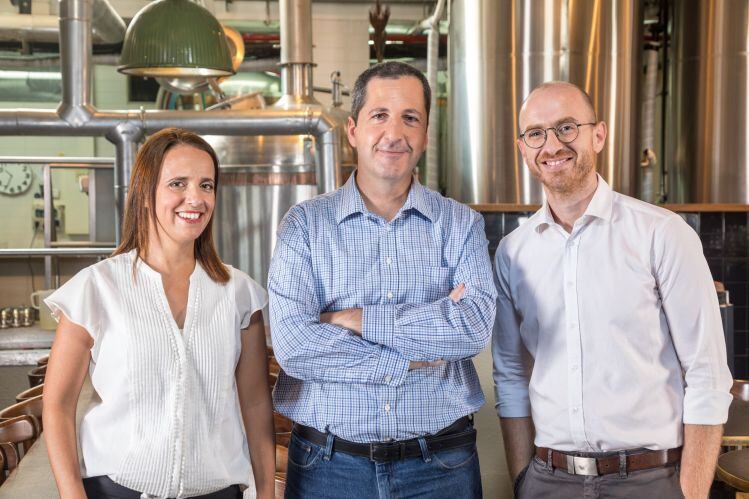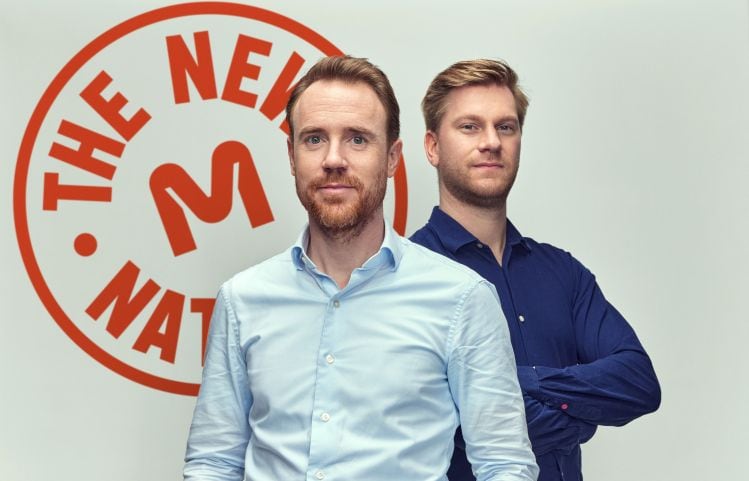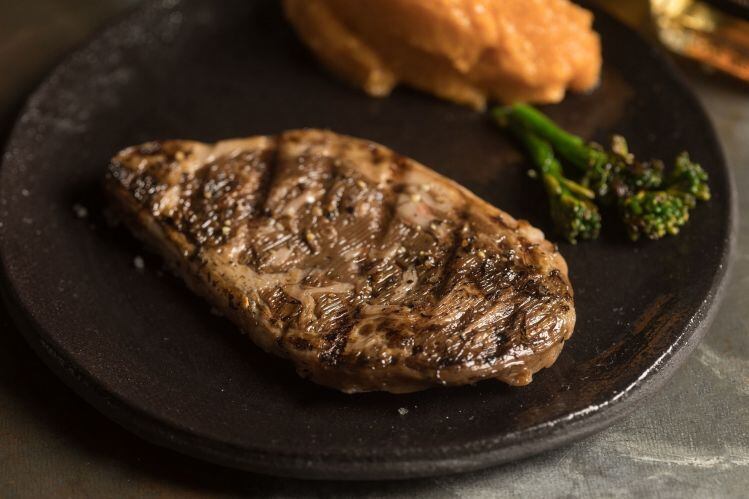To observers that say a few hundred kilos a day is pretty small fry (given that factories making beef burgers for McDonald’s can churn out 30 million burgers a week), Prof. Nahmias points out that the conventional meat industry has had somewhat longer than the nascent cell-cultured meat industry to build efficiencies and economies of scale, making the fact Future Meat Technologies is already “within reach of cost parity with traditional agriculture” after just three years a pretty astonishing achievement.
“Cultured meat technology is the Apollo program of the 21st century," Nahmias, a professor of bioengineering at the Hebrew University of Jerusalem, who says Future Meat is currently in the process of approving its production facility in Rohovet, Israel, with regulatory agencies in multiple territories and "is eyeing several locations in the United States" for its projected expansion.
"It required massive efforts of biologists, chemists, engineers and food experts to reduce the cost of cultured meat by over 1,000-fold in just a few years.”
‘We can produce whole cuts of meat, including chicken breast and chops, without using tissue engineered scaffolds’
The first commercial products from Future Meat, which has raised around $43m to date from backers including Tyson Foods, ADM Ventures and S2G Ventures, will likely be a combination of 45-60% cell cultured chicken and lamb and 40-55% plant protein and water, Prof Nahmias told us.
“We don’t believe 100% cell-cultured [whole cut] products are commercially viable as muscle contains both cells and an extracellular matrix scaffold. Cellular agriculture can produce cells but requires an edible scaffold to be added either before or after the cell harvest. Thus, all products discussed to date by all leading companies appear to be a blend of plant-based scaffolds and cell-based meat.”
Asked how these products will be constructed, he said: “We can produce whole cuts of meat including chicken breast and chops without using tissue engineered scaffolds. Co-culturing and scaffolds require weeks to assemble and take an inordinate amount of nutrients during that step to form tiny pieces of tissue. This results in a $20,000 steak that is not commercially viable.
“We are using extrusion technology to structure our cells with the scaffolds in high throughput to get the distinct texture of meat in the process without expensive tissue engineering.”
A key part of the flavor and aroma comes from cell-cultured fat, he said: "The unique aroma and flavor of our cultured meat products comes from our cultured fat. The few plant-based ingredients are there to provide support for the cells.”
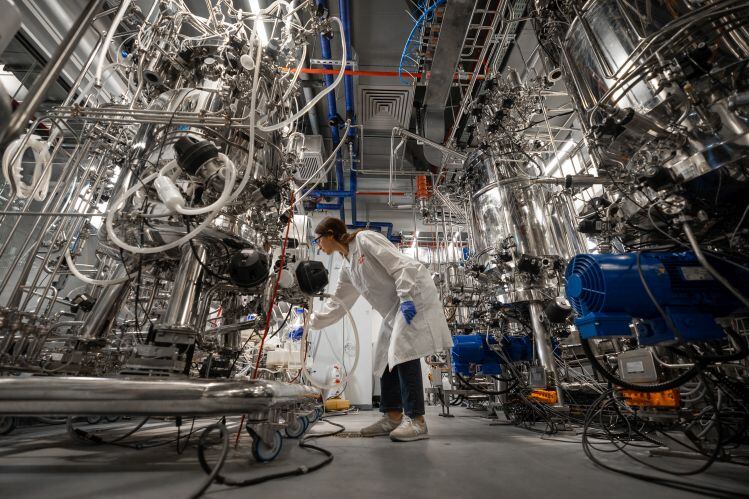
Cell-cultured meat should be cheaper…
While growing meat from cells in bioreactors instead of living breathing animals should logically be more efficient, as resources are spent on growing only the cells that make up the meat product rather than keeping an animal alive, no one has yet produced cell-cultured meat on an industrial scale.
However, Future Meat has made significant progress on achieving higher-density cell cultures and more efficient use of media via a proprietary system that allows for media recycling with a dialyzer that filters out toxic metabolites and replenishes nutrients, claimed Prof. Nahmias, who said the new facility can produce cultured chicken, pork, and lamb, without the use of animal serum or genetic modification, with beef coming soon.
Immortalized cells, but non-GMO
“There are many differentiating factors between our technology and others in the field,” claimed Prof. Nahmias. “First, we use fibroblasts, connective tissue cells that are extremely sturdy and replicate rapidly requiring a few factors for growth. Other companies using stem cells have to worry about the phenotypic stability of their cells and require very expensive media to keep the cells happy.
“More importantly, fibroblasts can spontaneously immortalize [or proliferate indefinitely, so you don’t have to keep going back to the source – in this case, cells isolated from fertilized chicken eggs] without genetic modifications, making our product uniquely non-GMO, in contrast to others in the field.”
He explained that Future Meat effectively keeps passaging cells until they immortalize, with the process involving “epigenetic and chromosomal rearrangement rather than mutation.”
‘Cell densities 10-times higher than our competitors’
For the initial cell proliferation phase, when cells divide and grow before they start differentiating into muscle or fat, for example, he said, “We developed a process that allows cells to grow as single cell suspensions, without carrier beads. This means we are not limited by the surface area of our bioreactor. This translates to cell densities 10-times higher than our competitors.
“We reach 100 billion cells per liter [whereas] other companies [can] reach 10 billion/liter… and our cells show 18 to 24 hours doubling time.”
Media costs: ‘Fibroblasts don’t seem to require many growth factors previously thought to be essential’
Another key differentiator, he claimed, is Future Meat’s approach to reducing media costs, which is multifaceted.
First, he said, “fibroblasts don’t seem to require many growth factors previously thought to be essential and they need very little insulin to grow efficiently. This alone reduced the cost of our starting media by 35% compared to others.”
A second factor, he said, is “our ability to replace serum proteins, such as albumin, with plant-based protein homologues identified in chickpeas. This proprietary technology allowed us to reduce the cost of the media by an additional 60%.”
A third factor, he said, is the firm’s media rejuvenation technology “as it allows us to recycle macronutrients and use them to completion rather than waste key nutrients in the process of washing away toxins.”
Asked whether the company is exploring the use of small molecules to replace more expensive growth factors in the media, he said, “Small molecules will need to be approved by the regulatory agencies and thus won’t be used in the first generation of products we will launch. However, [down the road] the small molecules we identified can reduce the cost of the cultured medium by an additional 25%.
“After demonstrating that cultured meat can reach cost parity faster than the market anticipated, this production facility is the real game changer.
“This facility demonstrates our proprietary media rejuvenation technology in scale, allowing us to reach production densities 10-times higher than the industrial standard. Our goal is to make cultured meat affordable for everyone.”
Cell-cultured meat vs conventional meat
Supporters of cell-cultured meat claim it is better for animals and the environment, but also offer other advantages over traditional meat in that it does not contain bacterial pathogens that pose food safety risks and may have a longer shelf life. Also, they say, it will not suffer from price/supply volatility risks from animal infectious diseases (avian flu, porcine epidemic diarrheal virus); it requires fewer inputs for a given quantity of meat; and is more controllable and tunable, enabling production of only high-grade meats in quantities dictated by consumer demand, rather than by the biology of the animal.
And while antibiotics may be used in laboratory settings given the number of researchers handling cells, key players say they are confident that commercial-scale production of cultured meat will be possible without antibiotics, potentially a key selling point given consumers’ concerns about the use of antibiotics in the conventional meat industry and its contribution to antibiotic resistance.
In the US, the USDA and the FDA have outlined a regulatory framework for foods containing cultured meat and seafood cells (which has yet to be finalized), but have not yet nailed down what to call such products on food labels, although several players are now gearing up for a commercial launch here.
Singapore is the first place to permit cell-cultured meat, recently approving products manufactured by San Francisco-based Eat Just.
